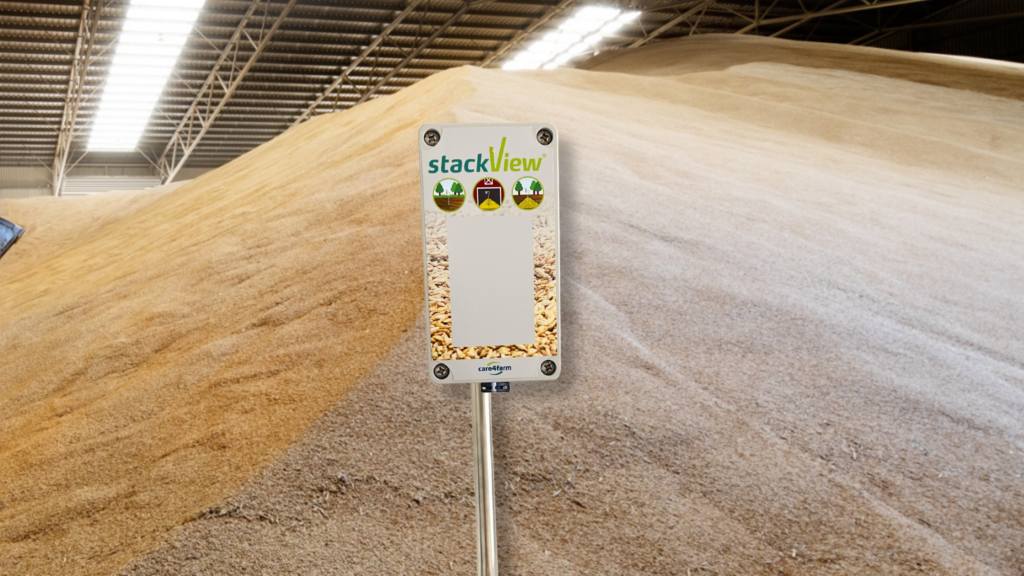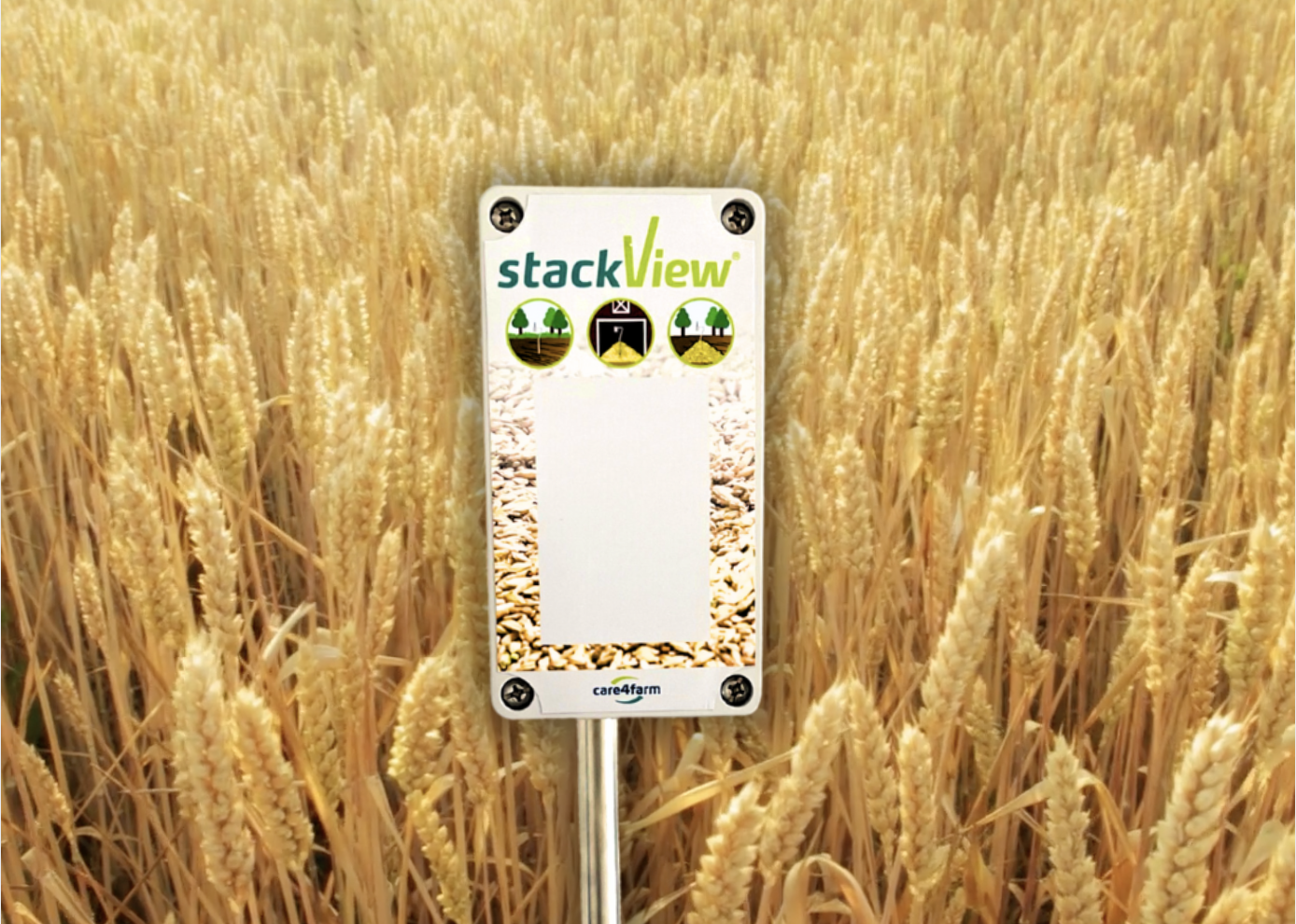Heat development in grain piles is one of the most serious challenges when storing grain, seeds, wood chips, feed and other agricultural or industrial bulk materials. When the temperature inside a pile begins to rise, the risk of fire, quality loss and fungal growth increases significantly. This is why it is crucial to monitor grain piles continuously – especially during periods with fluctuating temperatures and high humidity.
By combining good storage practices with accurate temperature and humidity measurements, you can detect heat development early and avoid costly damage.
Why Does Heat Development Occur in Grain Piles?
Heat development is primarily caused by biological processes that become active when the material is not stored under optimal conditions. The most common causes include:
High Moisture Content
Moist grain or wet biomass provides ideal conditions for microorganisms that generate heat. Even small variations in moisture can create hotspots.
Lack of Airflow
If the pile is packed too tightly or lacks airflow, heat and moisture become trapped. This leads to a rising temperature in the core of the pile.
Uneven Material
A mix of dry and moist sections creates unstable conditions and increases the risk of heat development.
Post-harvest Heating
Material that has not been sufficiently dried will continue to produce heat long after storage.
Risks Associated With Heat Development in Grain Piles
If heat development is not detected in time, it can quickly result in serious problems:
Fire Risk
When temperatures exceed 70–80°C (158–176°F), the risk of spontaneous combustion increases significantly.
Quality Loss
Heat affects nutrient content, germination ability and overall product quality.
Mold and Fungal Growth
The combination of heat and moisture creates perfect conditions for mold, which damages the material and causes strong odors.
Economic Losses
Heat development can lead to major financial losses due to spoiled raw materials, disposal costs or production downtime.
Monitor Heat Development With StackView

StackView consists of a wireless temperature and humidity probe along with an online monitoring platform, making it much easier to follow what happens inside grain piles — where heat often develops long before it is visible from the outside.
The probe is independent of any base station and can be moved freely from pile to pile as needed. It is made of stainless steel to withstand harsh outdoor conditions, and the high-precision sensors ensure reliable measurements of both temperature and humidity. The built-in GPS helps track the probe’s location, which is especially useful when working with multiple storage sites.
All measurements are automatically sent to the online platform, where you can monitor the pile’s condition 24/7 via your mobile phone or tablet. If temperature or humidity levels begin to change, an alert is triggered, allowing you to act before heat development becomes critical. These early signals often determine whether a pile remains stable or begins to heat to the point where fire becomes a risk.
Continuous monitoring and documentation also tend to have a positive effect on insurance premiums, as the risk of damage is reduced. StackView is already used in agriculture, the grain and feed industry and other bulk material sectors, where experience shows that accurate measurements and 24/7 monitoring are essential for preventing heat development in grain piles.
Product features
Included: StackView including antenna, battery, SIM card, software updates, data storage, and support
Length: 1500 mm
Material: Stainless steel
Suitable for crops: Barley, Beans, Canola, Corn, Grain, Hay, Lentils, Oats, Other, Peas, Rice, Rye, Silage, Soybeans, Wheat, and Hay
Suitable for organic farming: Yes
Surface treatment: Polished
Temperature range: -40 – +120 °C
Accuracy: +/- 2°
Weight: 1 kg
Battery: Up to 10 years of battery life




